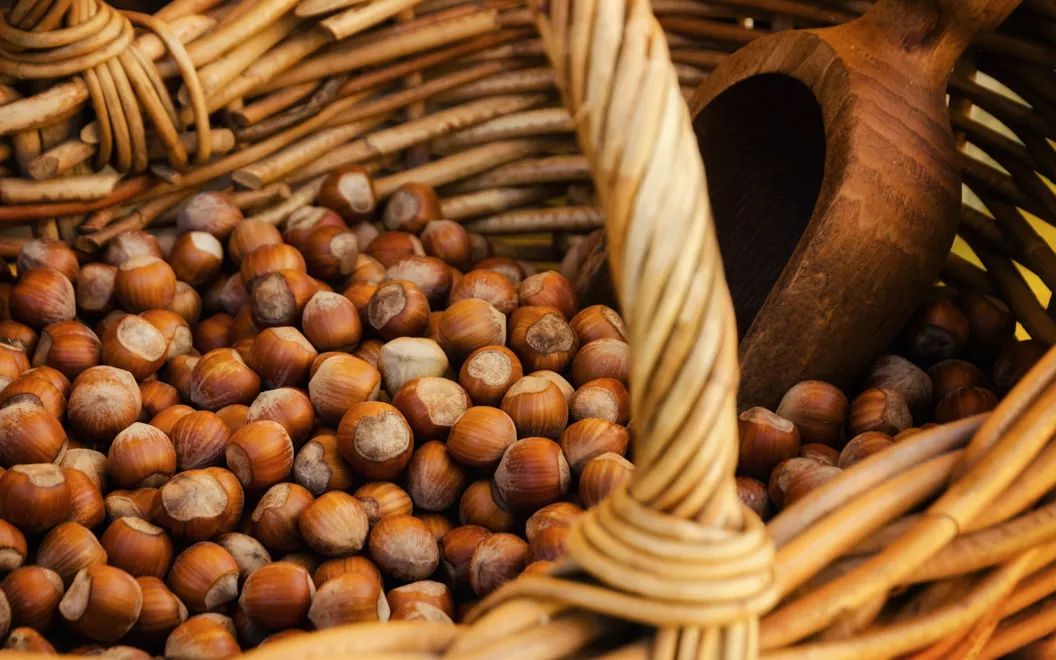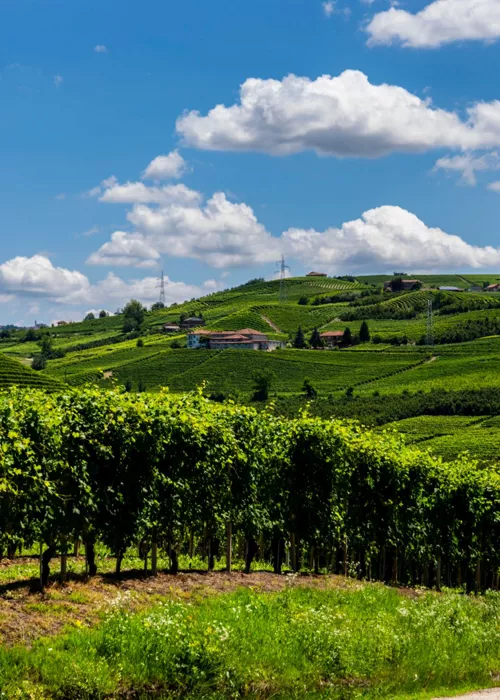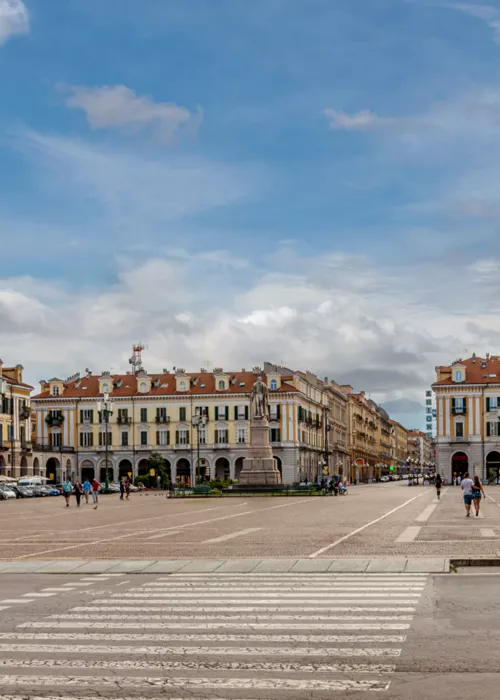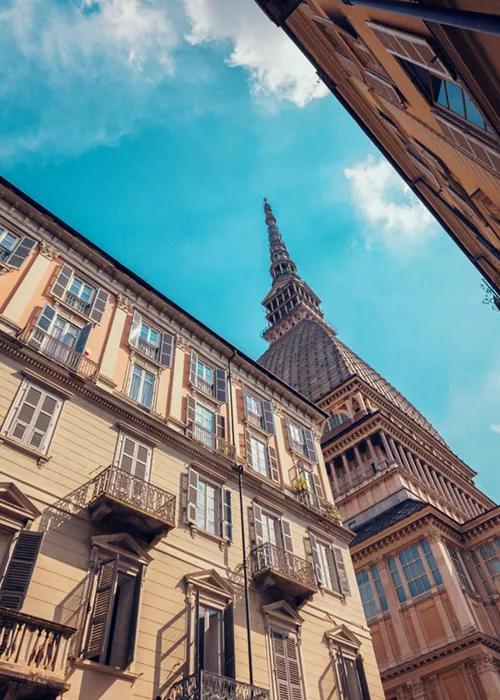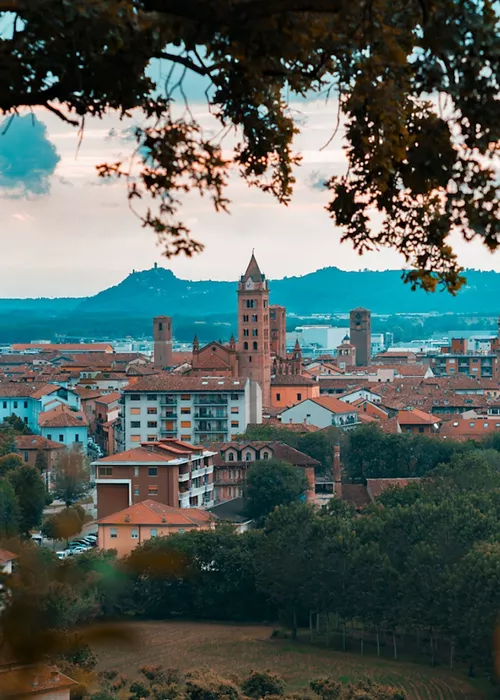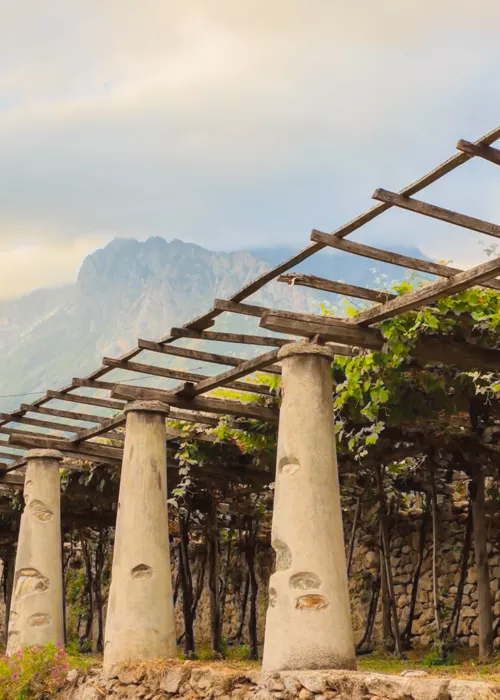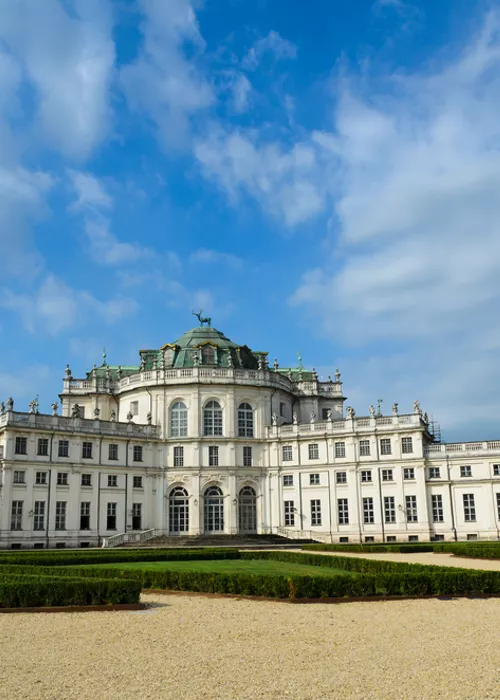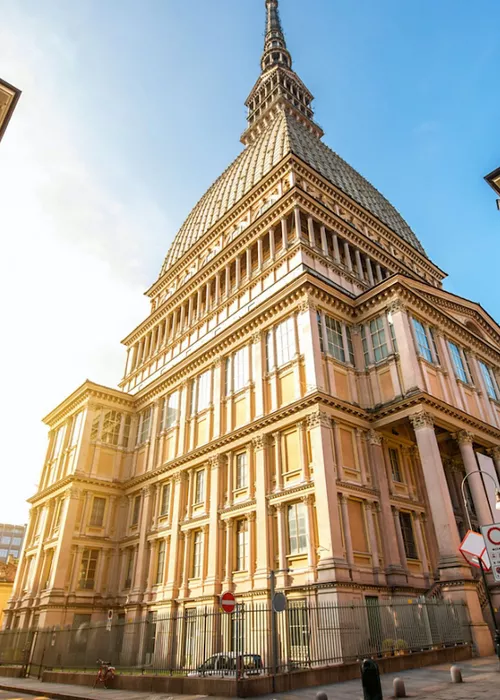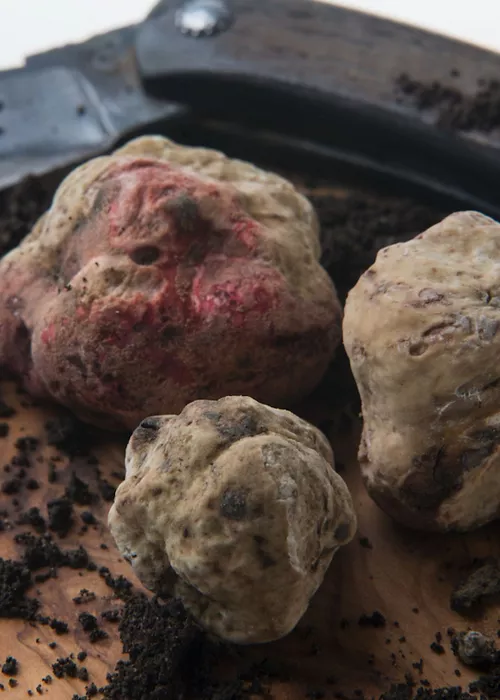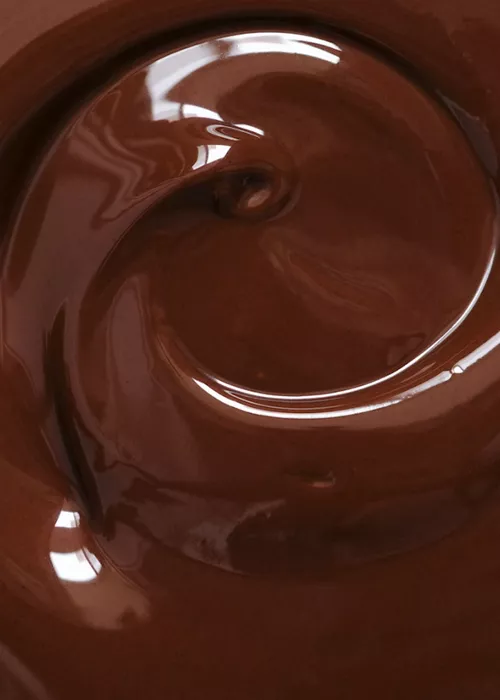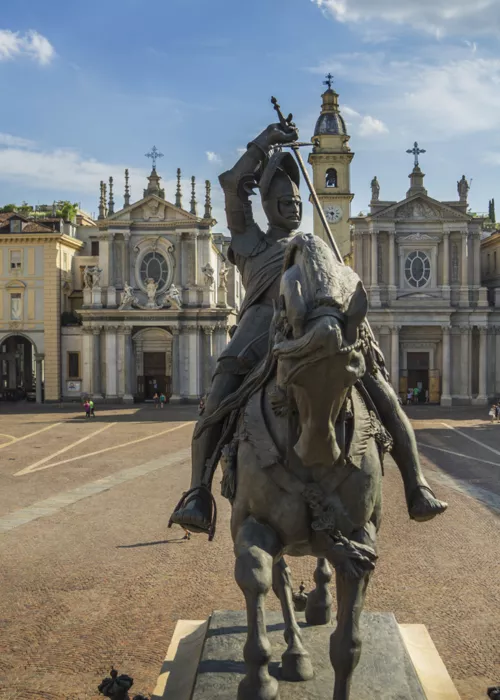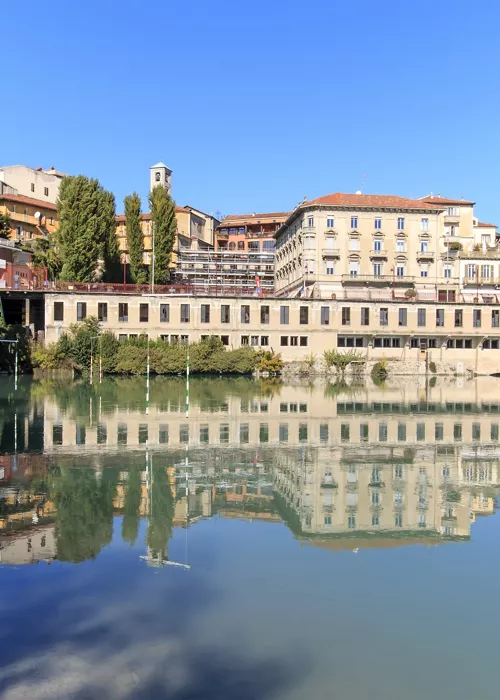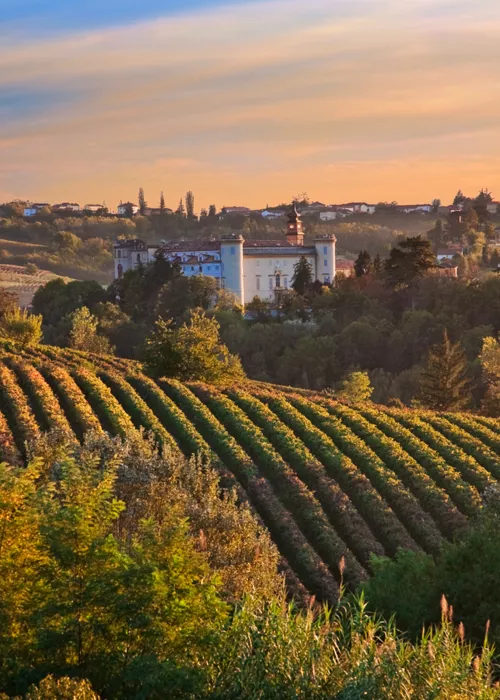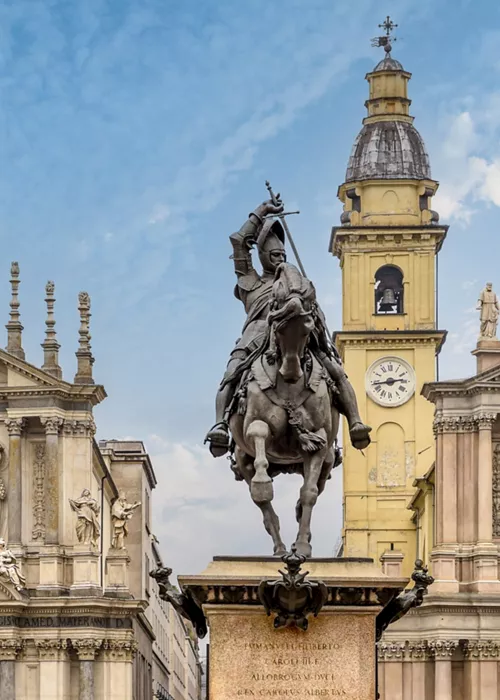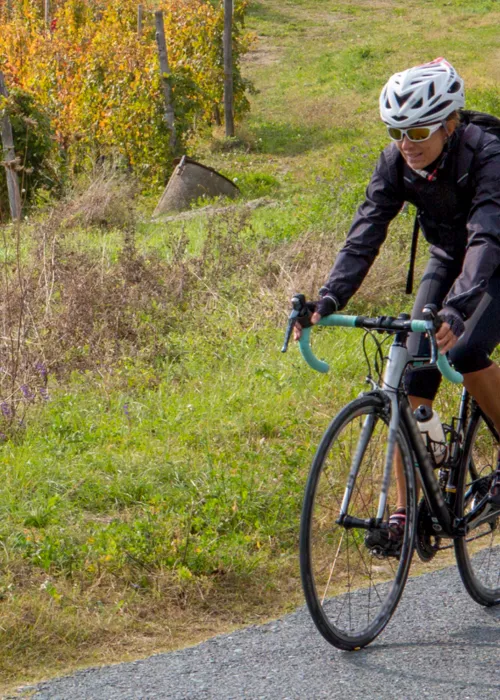The Piedmontese hazelnuts
3 minutes
The history of Piedmontese hazelnuts and other culinary wonders of Piedmont
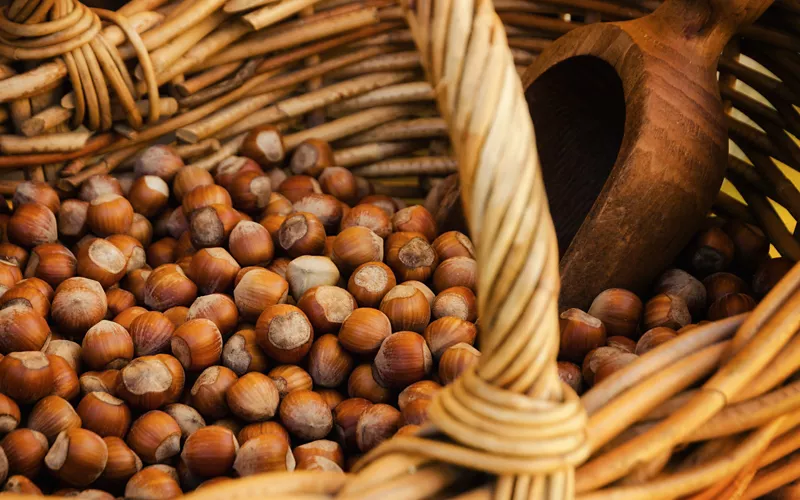
In ancient Rome, its branches were given as a gift as a wish for prosperity, while in Germany it was a symbol of fertility, and for the Celts it was a sacred plant. We are talking about the hazelnut, a very ancient tree that arrived in Europe from Asia, planting firm roots until it merged with the Piedmontese landscape. It is cultivated in the south of the region, between Cuneo, Asti and Alessandria: here, on the hills of Monferrato, Roero and Langhe, declared a UNESCO World Heritage Site, among villages, castles and vineyards, the IGP Piedmont Hazelnut is born.
Its spread began in 1806, when Napoleon, following the war against England, imposed a trade blockade that prevented various products, including cacao, from reaching Italy. Turin confectioners, in despair, were forced to partially replace it with the Tonda Gentile Trilobata hazelnut: it was not only the beginning of the increase of hazelnut groves in Piedmont, but also the birth of a new product, the Gianduja, named after the Turin carnival mask.
The prized Piedmontese hazelnuts, with their spherical shape and tender flesh, are distinguished not only by their taste but also by their high yield after shelling; they are easy to shell and keep well, thanks to a low fat content. They can be eaten freshly picked from the tree or dried and are mainly used in the confectionery industry, as a garnish in grains or to make creams and traditional desserts. Starting with the Piedmontese chocolate par excellence, the gianduiotto, but also the torta Nocciolina and the Baci di dama, which originate from Tortona and translate to “lady’s kisses” because the two separate parts of the biscuit come together like two lips and in the centre contain the hazelnut chocolate filling.
Beyond the Piedmont hazelnut
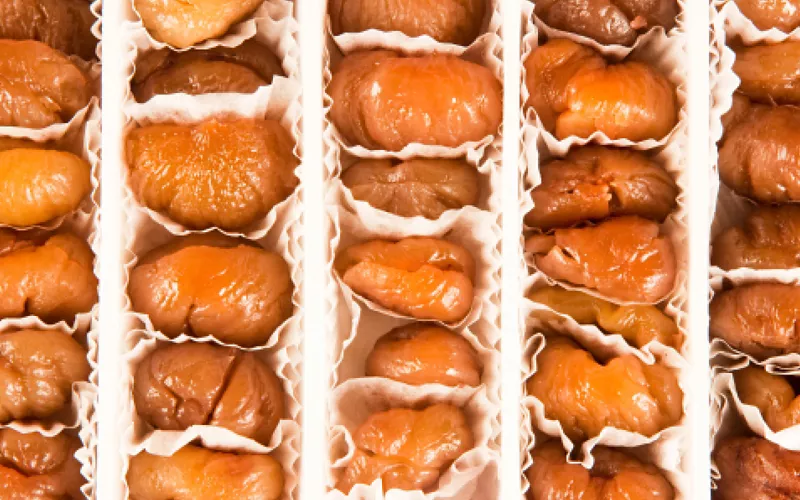
Piedmontese pastries are legendary and include unique delicacies, such as the traditional marron glacé from Cuneo, large chestnuts in sugar syrup that have been prepared since the 18th century, as well as bunet (or bònet), the pudding from the Langhe made with cocoa, macaroons and rum, which is cooked on a caramel base. We add the paste di meliga del Monregalese, typical of Mondovì, to the list: biscuits made from wheat and maize flour, crunchy and toasted, which are a Slow Food presidium.
In Piedmont, even a coffee break is mouth-watering: the “bicerin”, or “little glass”, was much loved even by Cavour and is still prepared today in Turin by mixing coffee, chocolate and milk cream.
Even in the savoury, Piedmontese flavours are rich, intense, and exploit the treasures of the land. Like the legendary white truffle of Alba to be enjoyed with butter together with tajarin the egg tagliolini from the Langhe and Monferrato, from which the agnolotti del plin, small rectangles of meat-filled pasta, often the leftover from the roast, which take their name from the “pizzicotto”, the gesture to be made to close it. Another less famous first course, the cagliette can only be found in the Val Chisone, on the border with France: here you can enjoy these large potato gnocchi enriched with bacon and cheese, which are served with butter or meat stew.
Of medieval origin is the Moncalieri tripe, a sausage made from different parts of the pig's stomach, while Piedmont's most famous dish derives from poor peasant cuisine: la bagna cauda. A sauce made by cooking garlic, anchovies and extra virgin olive oil for a long time. It is brought to the table in the typical dian, the earthenware pot in which it is cooked, and is enjoyed with both cooked and raw vegetables, which enhance its strong flavour.

